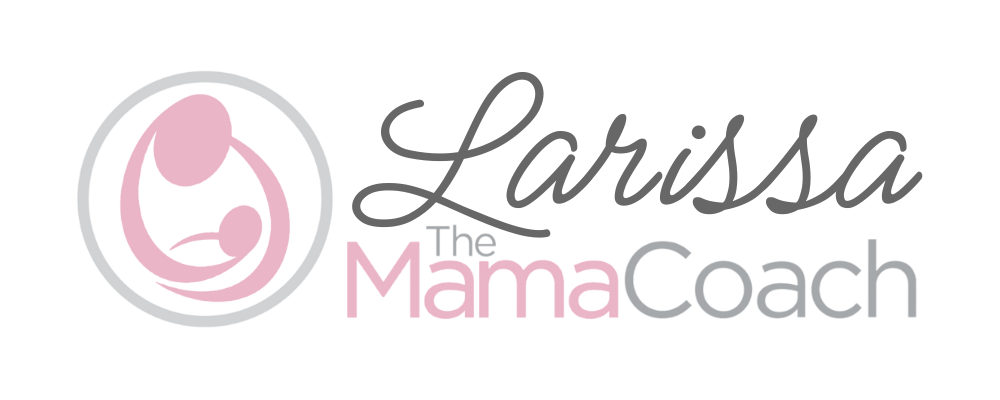Last year, the United States Senate passed the Sunshine Protection Act and parents across the country celebrated. This law was to permanently move the US to Daylight Time, ending the tradition of moving clocks forward and backward. However, the bill still hasn’t passed in the House, meaning we are yet again moving our clocks forward for Spring Daylight Saving and dealing with wonky sleep schedules.
There is some good news! The Spring Forward time change is often less challenging than Fall Back.
Daylight Saving Time will end at 2 am on March 12, 2023, and we will “lose” an hour as the clocks move forward to 3 am. So what does this mean for your child’s sleep? A bedtime of 7 pm becomes 8 pm and a wakeup of 6 am becomes 7 am. In the short term, this will lead to babies and toddlers being under-tired. If your child is stuck in an early bedtime – early morning cycle, this time change will be perfect for you, and you don’t have to do a thing!
However, doing nothing won’t work for everyone. Sleeping later in the morning may not be feasible for babies who go to daycare or children who attend preschool. Or, you may just prefer your child to have an early bedtime. If you fall into any of these categories, read on to learn how to adjust.
HOW TO ADJUST YOUR CHILD’S SLEEP SCHEDULE FOR THE SPRING TIME CHANGE:
I find “splitting the difference” with the time change works for most infants and toddlers regardless of age. This method is way less stressful compared to adjusting in 10-minute increments over the course of a week. This is also how I adjust my own kids for each time change.
Don’t worry about doing anything the week before the clocks change. Just stick to your normal schedule. If you want to do a little bit of prep, wake your child from their last nap on Saturday (March 11th) about 30 minutes early, and put them to bed 30 minutes earlier than normal.
On Sunday (March 12th), they will likely sleep later than normal. They won’t actually get more sleep, but since we skip over 2 am and go straight to 3 am, their wake-up time will seem later. To split the difference and help your child adjust to the new time, wake them up 30 minutes later than their typical wake time according to the clock on Sunday. This will actually feel like 30 minutes earlier to them, so they’ll probably still be asleep.
Keep their wake windows the same, with naps and bedtime happening about 30 minutes later than is typical (which will feel like 30 minutes earlier to your child’s body). You can hang out here as their new, permanent schedule if it works for you, or about 3 days later push them forward another 30 minutes so that you’re aligned with the clock and matching your “old” schedule.
Alternatively, you can wait until Monday to do this when you more likely have somewhere to be in the morning. Just be aware that their naps and bedtime will be an hour later than what the clock says on Sunday.
EXAMPLE SCHEDULE ADJUSTMENT:
Let’s say your child’s typical schedule looks like this:
- 6:30 am: Wake
- 9:00 am: Nap #1
- 1:30 pm: Nap #2
- 7 pm: Bedtime
If you did absolutely nothing, this is what their schedule would look like after the time change:
- 7:30 am: Wake
- 10 am: Nap #1
- 2:30 pm: Nap #2
- 8 pm: Bedtime
Not so bad, right? But, if they need to be up earlier in the mornings, or you just prefer the earlier bedtime, here’s how you can adjust them on Sunday or Monday, after the clock changes:
- 7 am: Wakeup (you would probably need to wake them up, as it will feel like 6 am to their body)
- 9:30 am: Nap #1 (this will feel like 8:30 am to them, 30 minutes earlier than their typical naptime according to their internal clock, but 30 minutes later than their typical naptime according to the actual clock. It may take longer than normal for them to fall asleep. You might cap their nap so that they have adequate sleep drive for the next nap.)
- 2 pm: Nap #2 (this will feel like 1 pm to them, 30 minutes earlier than their typical naptime according to their internal clock, but 30 minutes later than their typical naptime according to the actual clock. It may take longer than normal for them to fall asleep. You might cap their nap so that they have adequate sleep drive for bedtime.)
- 7:30 pm: Bedtime (this will feel like 6:30 pm to them. Shifting their naps will help your child feel tired for this bedtime, however, internal clocks can be stubborn. They may take a little longer than normal to fall asleep.)
You can keep your child on this “adjustment schedule” as long as you need to, depending on your schedule obligations outside the house.
WHAT ABOUT DAYCARE?
Your daycare will most likely be jumping into the new schedule according to the clock. If you have a child in daycare, split the difference by 30 minutes on Sunday as outlined above. On Monday, wake them up at whatever time they need to be out the door, but at least 30 minutes “early” (which will feel later to them). Assuming your daycare followed the clock during the day, follow the clock that evening when you get home – putting them to bed at their typical time.
WHAT CHALLENGES DOES THIS TIME CHANGE CAUSE?
As your child is adjusting, they may be a little restless at bedtime or prior to their naps, and it will likely take them longer to fall asleep. They may even skip a nap completely. If your child is on the cusp of dropping a nap, the Spring time change is a great time to jump into their new nap schedule. This will help solve the under-tired “problem” that presents with this time change.
TIPS FOR THE SPRING DAYLIGHT SAVING TIME CHANGE:
Increase Activity: Because this time change is all about shifting things earlier, you may be looking to put your child down when they are less tired than normal. If possible, offer more outside time or more stimulating indoor activities during the day — this will increase their sleep drive and make bedtime and naps come easier.
Use Sunlight: Expose your child to natural sunlight in the morning and again in the early evening to help set their circadian rhythm. About an hour before bedtime, block natural light from entering your home and dim the lights. This time change is a good time to solidify a blackout solution for your child’s room. As a temporary fix, you can use crate paper or trash bags taped up with painter’s tape.
Cap Naps: If needed, wake your child from the last nap of the day to preserve your desired bedtime. This is especially helpful for babies 0-6 months, whose schedules still primarily rely on tracking wake windows. If your child is in the middle of a nap transition, this is actually a good time to jump into their new schedule, as you have fewer hours in the day on Sunday than you typically would.
Keep Your Routines: Continue to use your existing bedtime routine when getting your child ready for naps and bed. If you have a toddler, you might even extend your bedtime routine 10-15 minutes longer than normal to help them wind down.
Expect some bumps in the road: Regardless of whether you choose to actively adjust their schedule or go with the flow, things typically work themselves out by 1-2 weeks after the time change. Be patient, and trust that you and your child will get back into their groove soon!









